LEARN
Know our urban trees and the benefits they provide, and learn how they are cared for and conserved.
Standing tall in our midst are our urban trees, providing shade and much needed greenery to our island-state.
Scroll down or click on the tabs above to begin learning more about our trees – the pillars of our City in Nature!
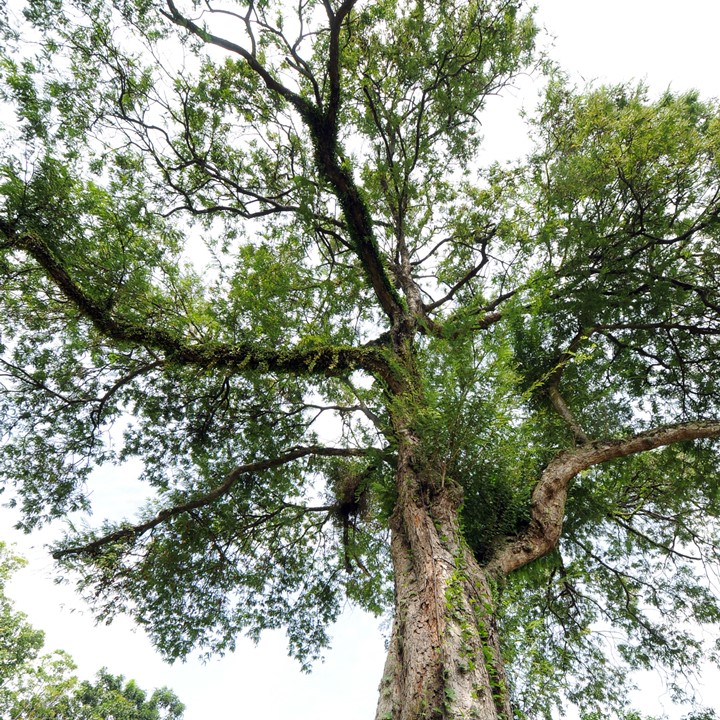
What is a tree?
A plant is considered a tree when it has an erect, woody and perennial stem of a considerable height and a distinct crown of leaves or leafy branches.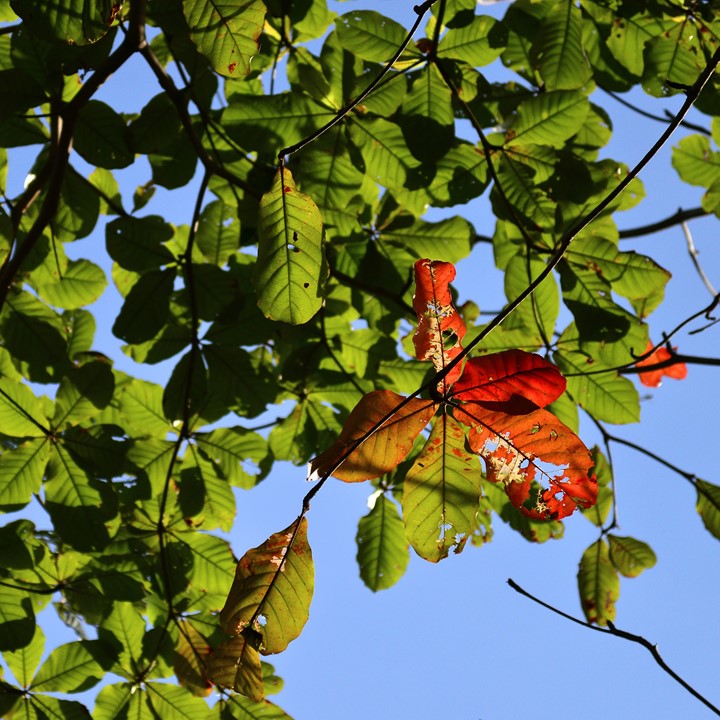
Trees are living things
Trees are some of the largest, tallest and oldest living organisms on our planet Earth. As with most plants, trees are capable of producing their own food, by converting carbon dioxide and water into sugars when sunlight is available. This process, known as photosynthesis, also releases oxygen into the air.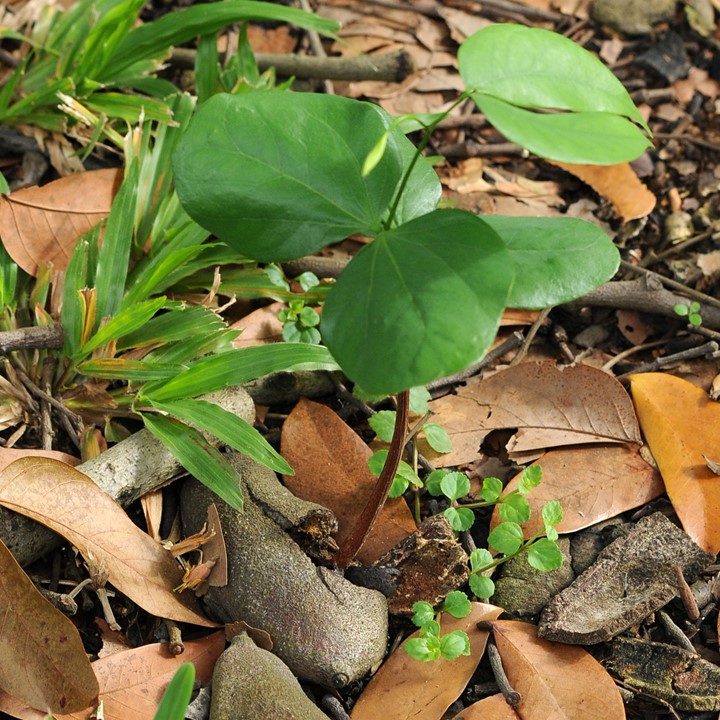
The life of a tree
Like all living things, trees have a life cycle, during which they grow, mature, reproduce, weaken, and eventually die.
A tree begins as a seed, which germinates into a seedling under favourable conditions. As a tree grows, its shoots extend in the direction of sunlight, and its roots radiate outwards and downwards in search of water and nutrients. Trees also produce wood. Wood tissues conduct water and minerals from the roots to the leaves, and also provide structural support for the trunk and branches.
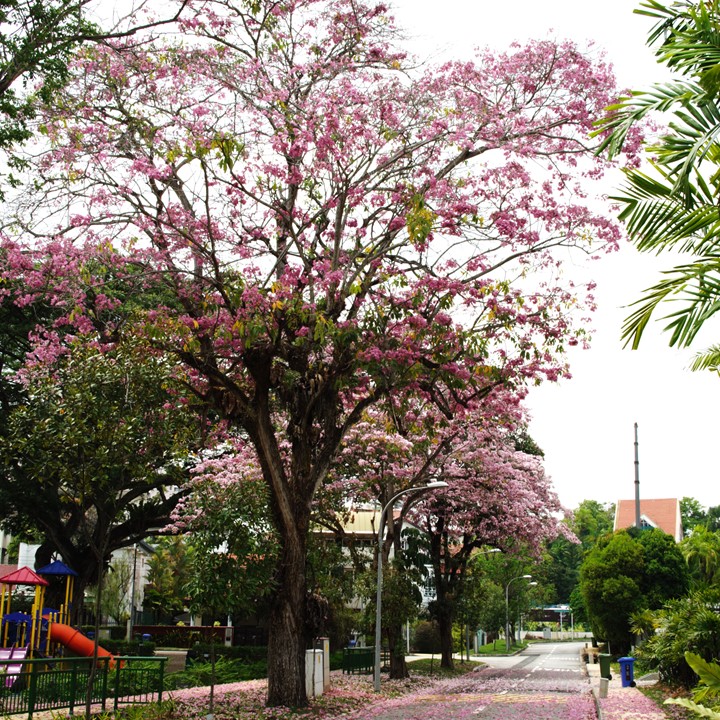
Towards the end of their life cycle, trees may weaken and eventually die due to pests, disease, drought, storms, or other environmental stressors, as well as site conditions. Trees may also reach the end of their life expectancy in urban areas when their growing location can no longer provide sufficient physical support and biological resources for them.
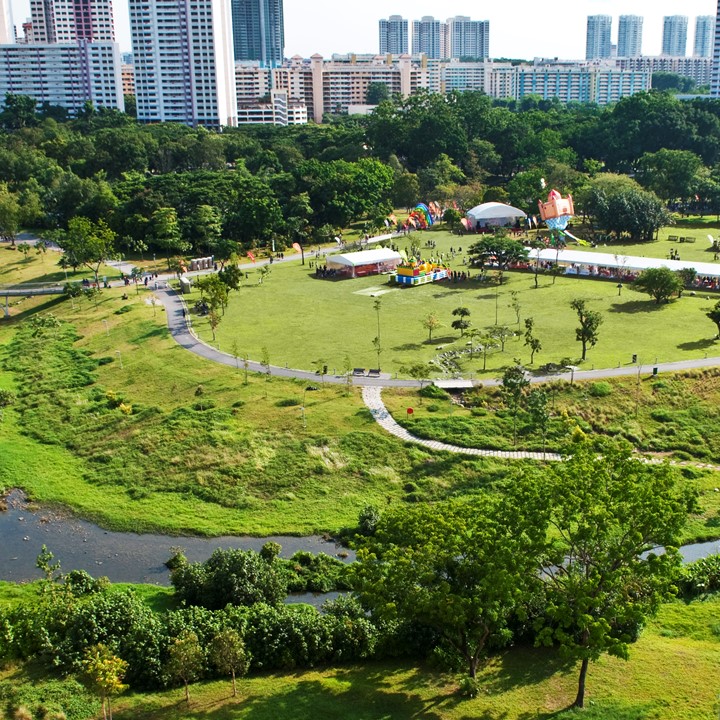
Trees are everywhere!
Trees are adapted to grow in a variety of conditions. Some trees like the cool and moist environments of the rainforest, while others are well-suited for hot and dry conditions. Certain trees can grow in soft mud, on rocky cliffs, in salt water, and sometimes on other trees!
In our urban environment, you can find trees everywhere – lining our roads and expressways, along pavements, in parks and gardens, and even on the rooftops of buildings!

